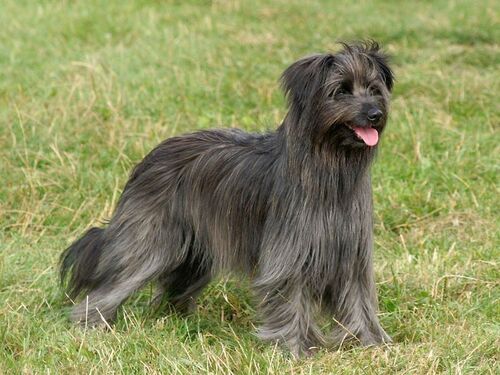The rugged Pyrenees Mountains of France are the birthplace of this tough but cheerful little dog. He herded flocks there (and still does today), aided by his big brother theGreat Pyrenees, who stood guard against predators. You might hear that he was the original dog of the Cro-Magnon people, but this is highly unlikely, or at least something that can never be known.
In the 19thcentury, a few Pyr Sheps traveled to America in the company of shepherds who found work herding flocks in the American West. They may well have played a role in the development of theAustralian Shepherd.
During World War I, Pyr Sheps were taken from their mountains and meadows to aid in the war effort. They delivered messages, sought out wounded soldiers, and performed guard duty.
American dog lovers became interested in the breed in the 1970s and 1980s and imported dogs from France to begin their own breeding programs. The Pyrenean Shepherd Club of America was formed in 1987, and the American Kennel Club recognized the breed in 2009. The Pyr Shep ranks 162ndamong the breeds registered by the AKC.











